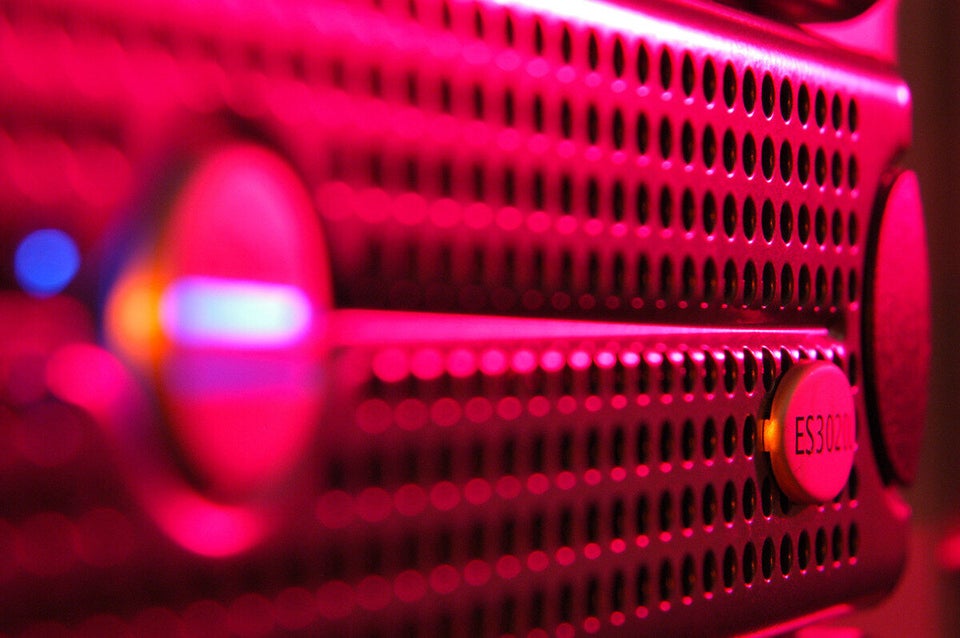A wealth of new data has made scientists even more confident that the elusive "God particle" is in their grasp.
The sub-atomic particle whose dramatic discovery was announced last July is looking increasingly like some form of Higgs boson.
Physicists have spent decades searching for the particle which according to theory gives matter mass.
The new particle was detected within the Large Hadron Collider (LHC), the leviathan atom-smashing machine straddling the French and Swiss border.
However although scientists were almost sure they had found the Higgs, there was still a small margin of error.
Further experiments were needed to clear the fog of uncertainty away and show more precisely what they were dealing with.
A key unanswered question is what strain of Higgs particle the new find might be.
Evidence points to it being the kind of Higgs boson predicted by the conventional "Standard Model" theory of what makes the universe tick. But there remains a possibility that it could be one of several lighter versions postulated by more radical theories.
LHC scientists attending the Moriond Conference in La Thuile, Italy, presented the latest findings after analysing two and a half times more Higgs data than was available last summer.
Leading UK particle physicist Professor Jon Butterworth, from University College London, a member of the international team working on the LHC's Atlas detector, said:
"The evidence mounts that this new boson is something very like the Higgs boson of the Standard Model. We have to keep working at it, but on the face of it this means the Standard Model is a much more powerful theory than many physicists suspected. The fact that it works so well actually becomes a real puzzle. "
Atlas spokesperson Professor Dave Charlton, from the University of Birmingham, said: " The latest results mark a significant step in the measurement programme of the new boson..
"It has been a great challenge for the experiments to produce such detailed analyses so quickly - it is a testament to the dedication of very many people that we could show the latest analyses this week.
"More detailed results will be produced in the next weeks and months, and when the LHC resumes running at higher energies in 2015 we will learn much more still."
American physicist Professor Joe Incandela, from the University of California, Santa Barbara, who represents the CMS detector team, said the results were "magnificent".
He added: "To me it is clear that we are dealing with a Higgs boson though we still have a long way to go to know what kind of Higgs boson it is."
The identity of a Higgs boson is tested by looking at how it interacts with other particles and its quantum properties.
According to theory, a true Higgs should have zero "spin" - a property of elementary particles that is not the same as a ball spinning on its axis. The Standard Model also predicts that its "parity", a measure of how its mirror image behaves, should be positive.
Results from both Atlas and CMS indicate that the new particle has both these properties.
"The beautiful new results... point to the new particle having the spin-parity of a Higgs boson as in the Standard Model," said Prof Charlton.
